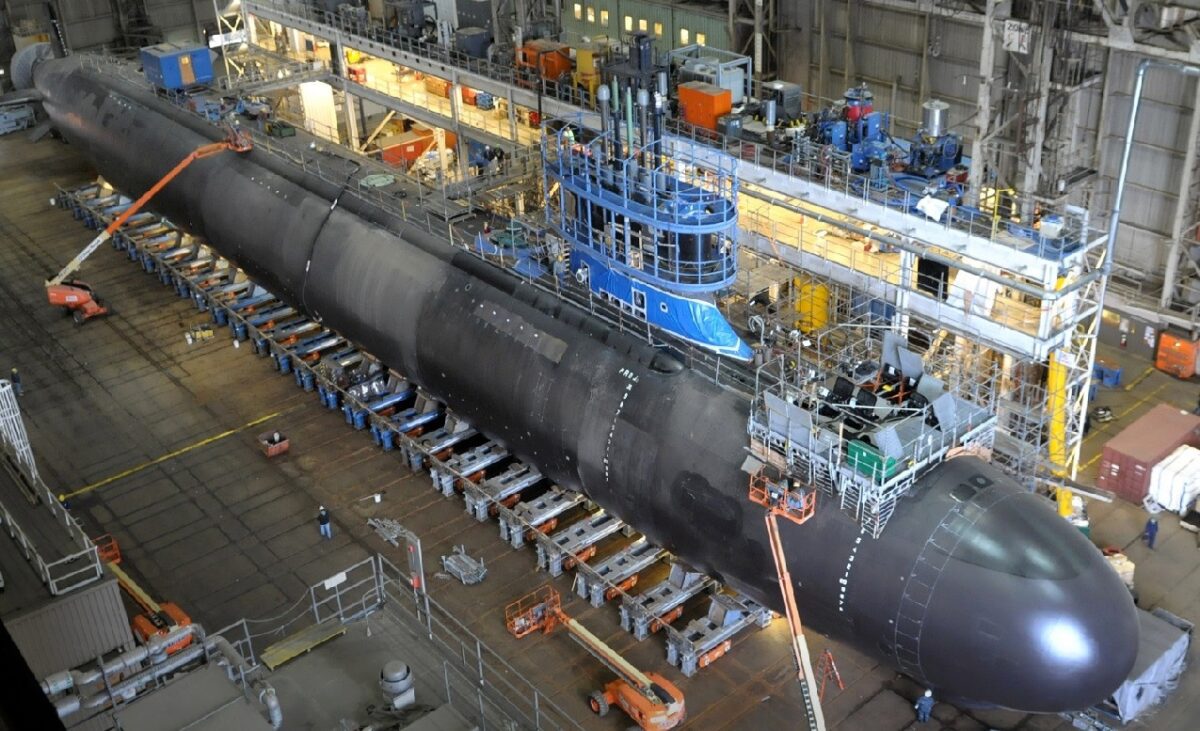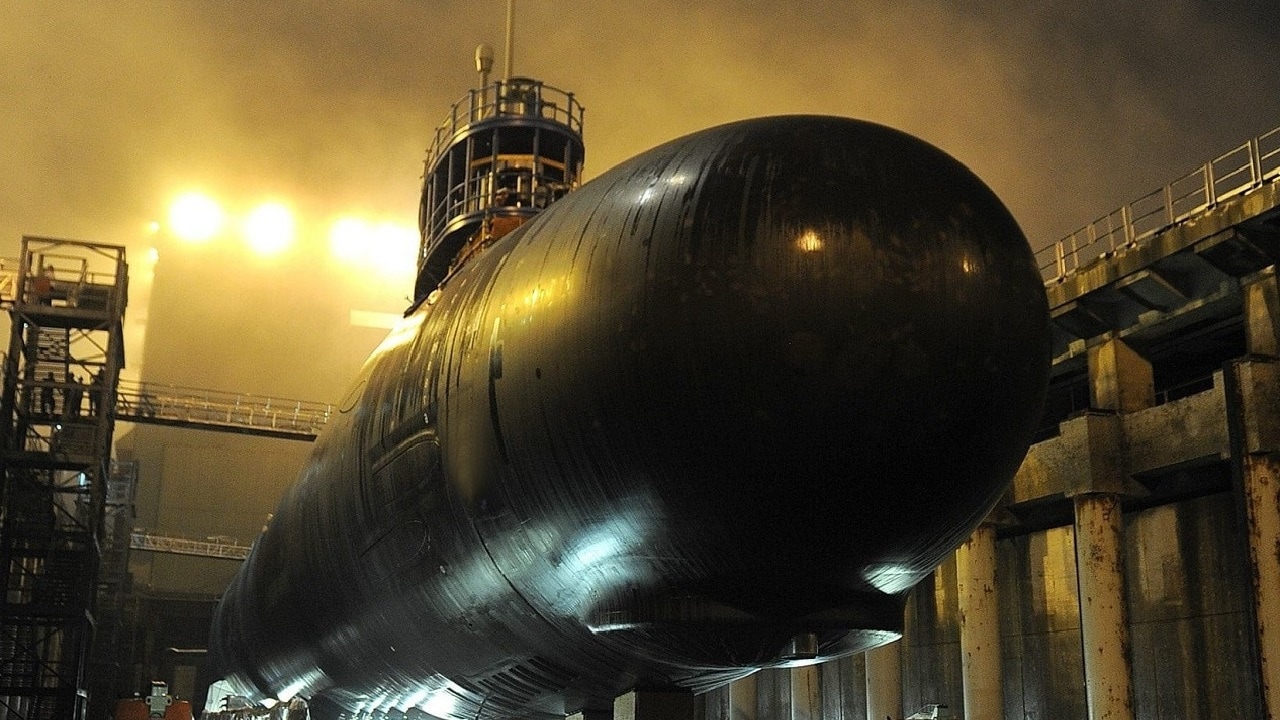Will New Navy Acquisition Chief Keep the SSN(X) On Schedule?: Earlier this month, the White House announced it nominated Nickolas Guertin to serve as the assistant secretary of the Navy for research, development, and acquisition, a position that has not had a Senate-confirmed leader since the Biden administration took office. The Navy had not had a Senate-confirmed leader in this position since James Geurts, who served as assistant secretary of the Navy for research, development, and acquisition from December 2017 to January 2021, when the Biden administration took office.
Geurts has since been performing the duties of undersecretary of the Navy.
If confirmed by the Senate, Guertin could face a number of tasks, including overseeing the U.S. Navy’s next-generation SSN(X) program, which is now meant to begin construction in the mid-2030s. The service is currently looking at new ways to design and build the submarine that could put less strain on the industrial base, and it’s moving towards solutions like additive manufacturing for submarine construction and repair parts, Defense News reported earlier this month.
SSN(X) Is the Future of the U.S. Navy
The SSN(X) would be the successor to the Virginia-class SSN design, which the Navy has been procuring since FY1998. The Navy’s proposed Fiscal Year 2023 (FY23) budget had requested $237.0 million in research and development funding for the SSN(X) program.
The Navy has stated that the SSN(X) will be designed to counter the growing threat posed by near-peer adversary competition for undersea supremacy. The boats will provide greater speed, increased horizontal payload capacity, improved acoustic superiority, and higher operational availability.
SSN(X) will conduct full spectrum undersea warfare and be able to coordinate with a larger contingent of off-hull vehicles, sensors, and friendly forces. It will retain and improve multi-mission capability and sustained combat presence in denied waters.
Troubled Waters for SSN(X)?
It would fall to Guertin to guide the program, especially as the service faces increased challenges within the country’s submarine construction industrial base.
According to a recent report from the Congressional Research Service (CRS), all U.S. Navy submarines are now built by General Dynamics’ Electric Boat Division (GD/EB) of Groton, CT, and Quonset Point, RI, and Huntington Ingalls Industries’ Newport News Shipbuilding (HII/NNS), of Newport News, VA.
Those are the only two shipyards in the country capable of building nuclear-powered ships. GD/EB builds submarines only, while HII/NNS also builds nuclear-powered aircraft carriers. The submarine construction industrial base also includes hundreds of supplier firms, as well as laboratories and research facilities, in numerous states. Much of the material procured from supplier firms for building submarines come from sole-source suppliers. This can result in supply chain bottlenecks, while both shipyards have been described as running at full capacity.
The Navy had begun a 20-year, $21 billion effort to modernize its four public shipyards in 2018, but those efforts are still underway.
The CRS has noted that issues for Congress include, “whether the Navy has accurately identified the SSN(X)’s required capabilities and accurately analyzed the impact that various required capabilities can have on the SSN(X)’s cost; as well as the potential impact of the SSN(X) program on funding that will be available for other Navy program priorities.”

US Navy Virginia-class Submarine Under Construction.
In addition, lawmakers should consider whether it would be technically feasible for the SSN(X) to be powered by a reactor plant using low-enriched uranium (LEU), rather than the highly enriched uranium (HEU) used on other Navy nuclear-powered ships, and if so, what impact that would have on nuclear arms control and nonproliferation efforts and SSN(X) costs and capabilities; and whether each SSN(X) should be built jointly by GD/EB and HII/NNS (the approach used for building Virginia-class SSNs and, in modified form, for building Columbia-class SSBNs), or whether individual SSN(X)s should instead be completely built within a given shipyard (the separate-yard approach used for building earlier Navy SSNs and SSBNs).
The SSN(X) won’t be hitting the water for at least another decade, but it likely won’t be smooth sailing to get there.
Expert Biography: A Senior Editor for 19FortyFive, Peter Suciu is a Michigan-based writer who has contributed to more than four dozen magazines, newspapers, and websites with over 3,000 published pieces over a twenty-year career in journalism. He regularly writes about military hardware, firearms history, cybersecurity, and international affairs. Peter is also a Contributing Writer for Forbes. You can follow him on Twitter: @PeterSuciu.

